Find Help
More Items From Ergsy search
-
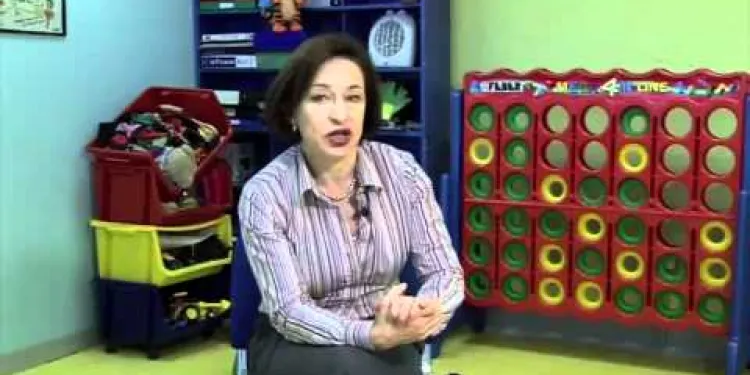
Children With Co-ordination Difficulties and Dyspraxia
Relevance: 100%
-

Dyspraxia Children: How to Help
Relevance: 100%
-
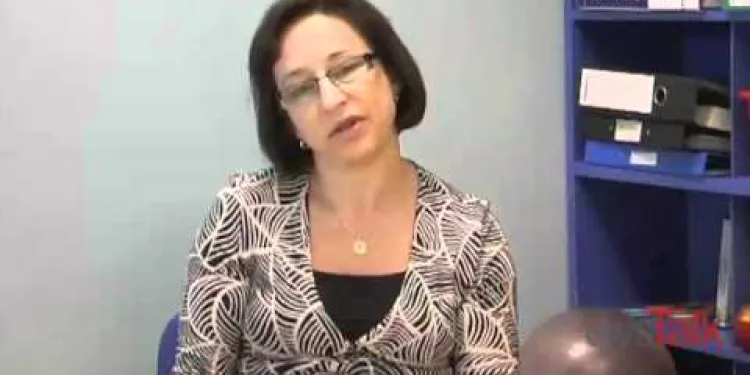
Dyspraxia Symptoms & Signs
Relevance: 81%
-
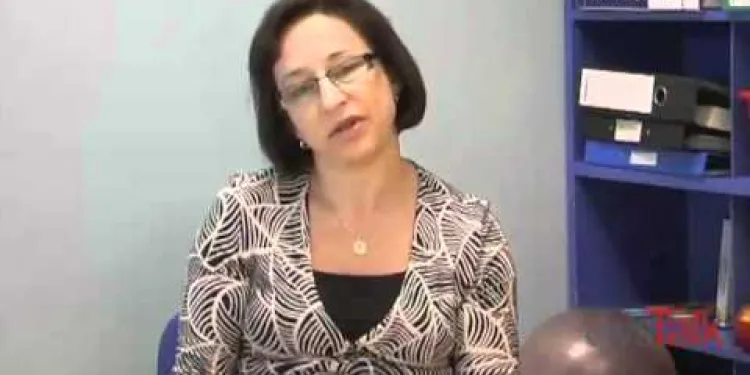
Dyspraxia Symptoms & Signs
Relevance: 79%
-

What is Dyspraxia? (Short Version)
Relevance: 79%
-
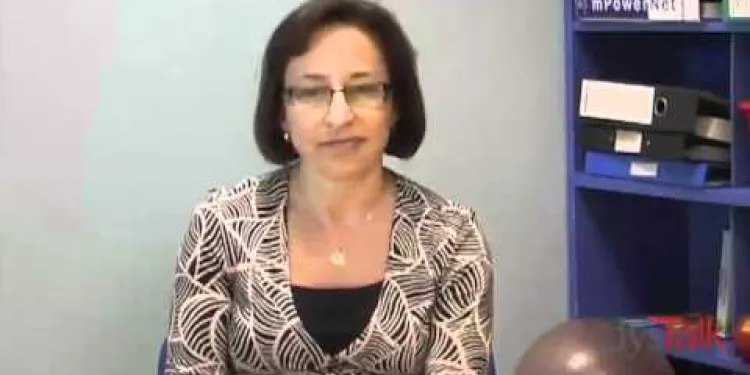
What is Dyspraxia (DCD)?
Relevance: 78%
-
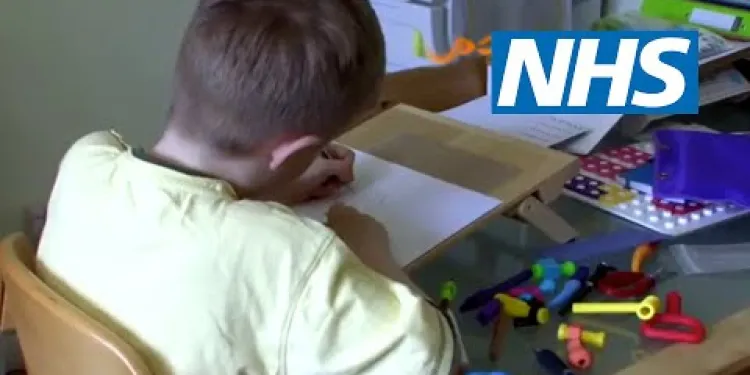
Childhood dyspraxia: James' story | NHS
Relevance: 75%
-
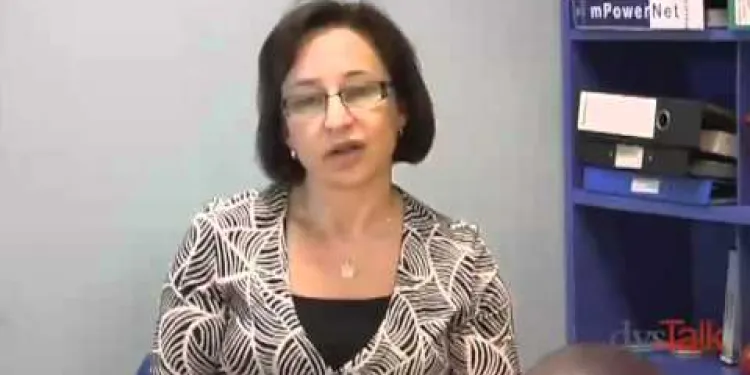
Dyslexia, Dyspraxia & Overlapping Learning Difficulties
Relevance: 73%
-
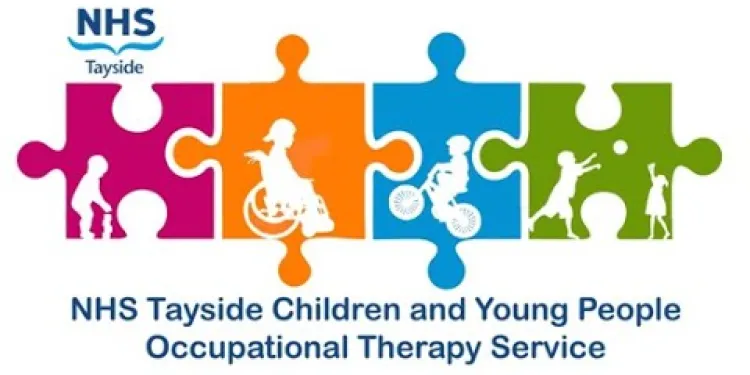
Developmental Coordination Disorder (DCD) for Children and Young People
Relevance: 43%
-
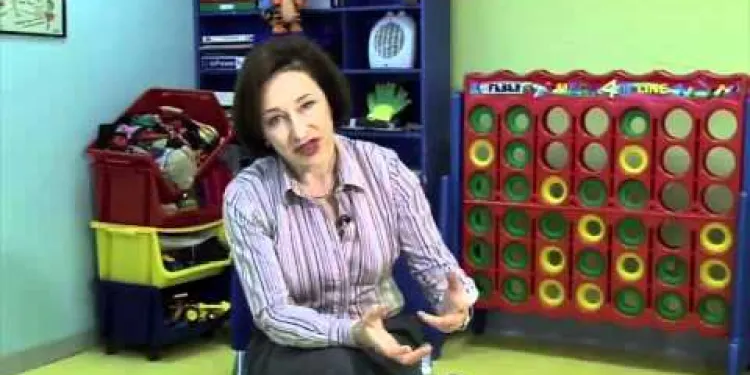
Helping Children With Co-ordination Difficulties
Relevance: 39%
-

Who are SEND children?
Relevance: 34%
-

What are SEND children?
Relevance: 34%
-
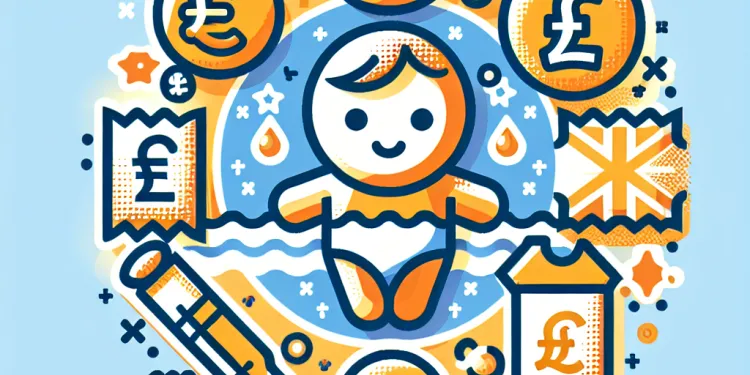
Is Baxdrostat suitable for children?
Relevance: 34%
-
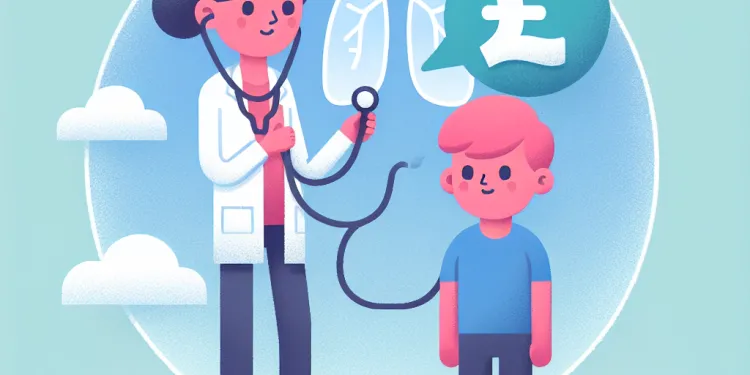
What is lupus in children?
Relevance: 34%
-
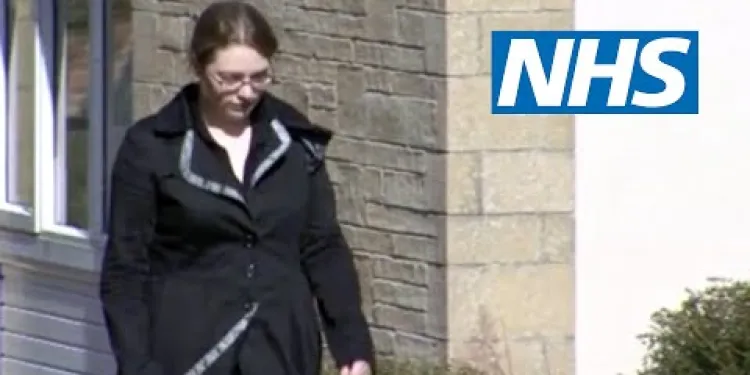
Lupus in children | NHS
Relevance: 33%
-

Children's Vaccination Schedule
Relevance: 33%
-

What causes lupus in children?
Relevance: 32%
-
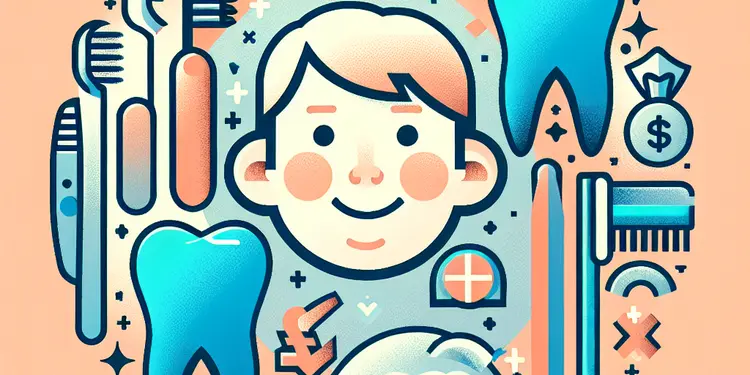
Is tooth decay common in children?
Relevance: 32%
-

Are there specific mobility equipment for children?
Relevance: 32%
-

Can children use Mounjaro?
Relevance: 32%
-

Can children outgrow asthma?
Relevance: 32%
-
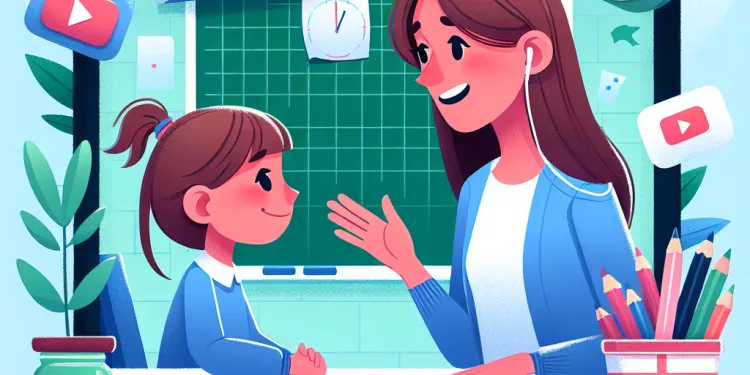
Understanding Mental Health in Children
Relevance: 32%
-

Can Wegovy be used by children?
Relevance: 32%
-

Can defibrillators be used on children?
Relevance: 31%
-

How is lupus diagnosed in children?
Relevance: 31%
-

Why do some children stammer?
Relevance: 31%
-

What are the common symptoms of lupus in children?
Relevance: 30%
-
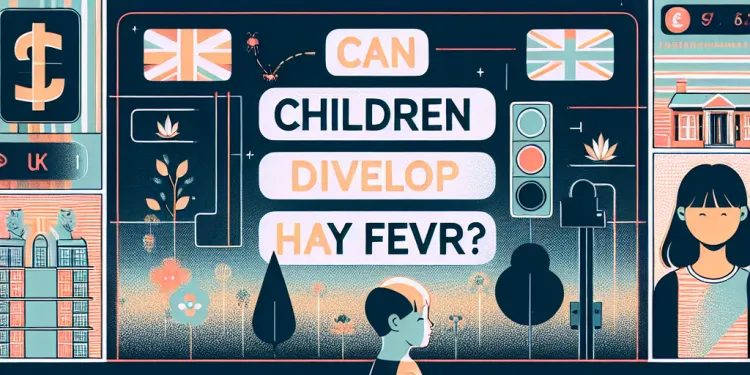
Can children develop hay fever?
Relevance: 30%
-
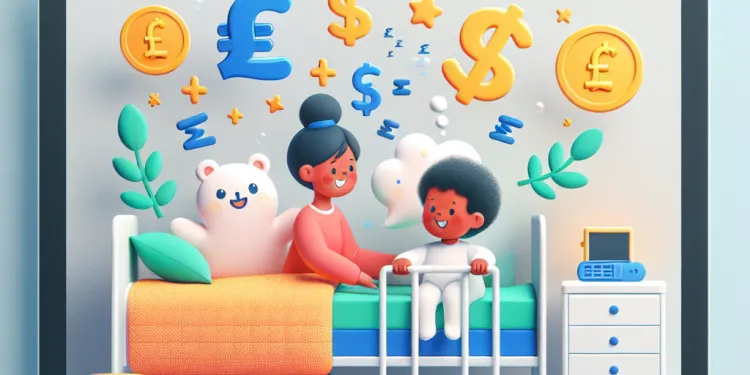
Can children have sleep apnea?
Relevance: 30%
-
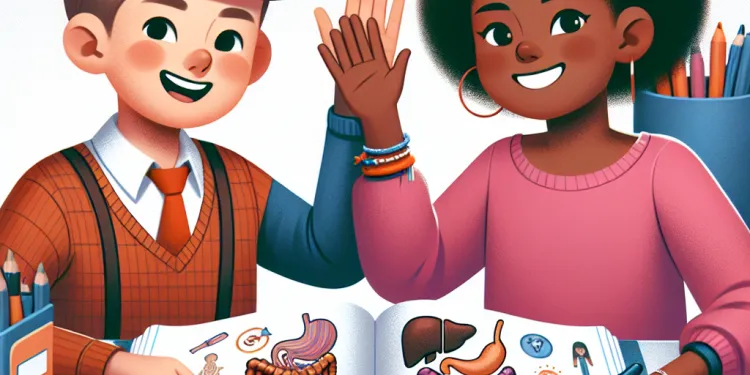
Can children develop Crohn's disease?
Relevance: 30%
-

How is progress measured for SEND children?
Relevance: 30%
-
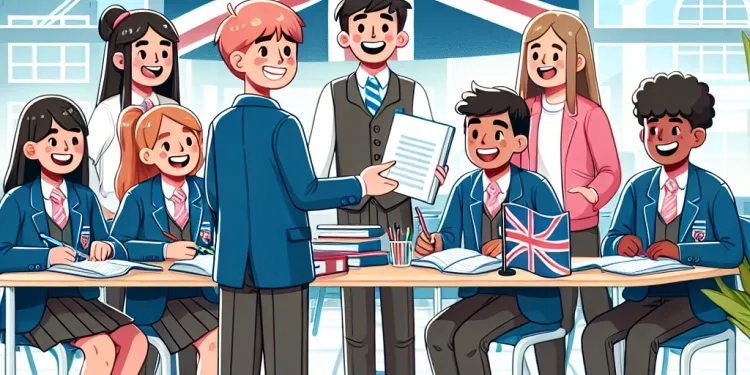
Do SEND children attend mainstream schools?
Relevance: 30%
-
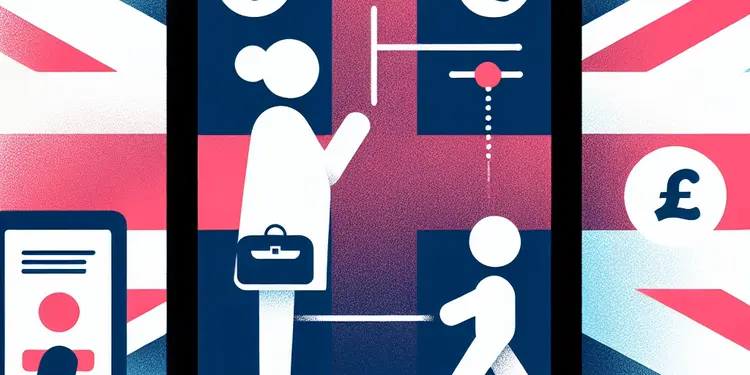
Can Wegovy tablets be used for children?
Relevance: 30%
-

Do children need a separate passport to travel to the EU?
Relevance: 30%
-

Can children get nettle rash?
Relevance: 29%
-

Are children more affected by new variants of COVID?
Relevance: 29%
-

Can children get NHS dentist appointments?
Relevance: 29%
-
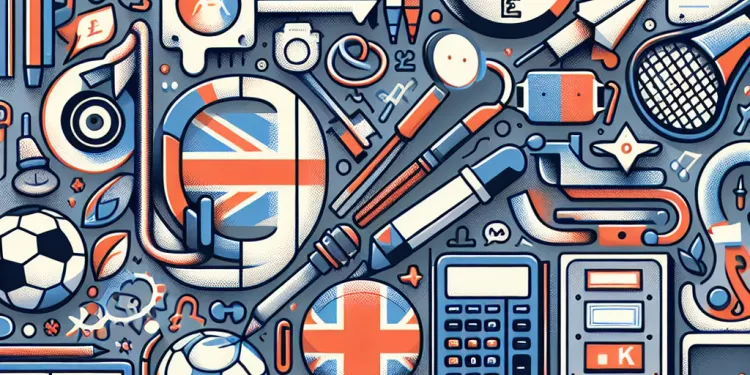
Can SEND children access extracurricular activities?
Relevance: 29%
-
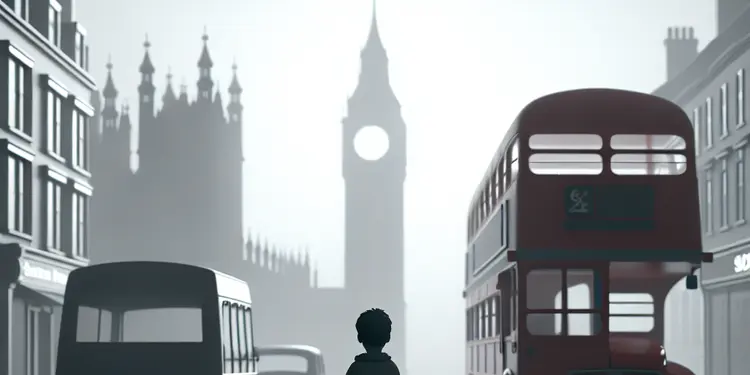
Can children develop chronic fatigue syndrome?
Relevance: 29%
-

Can children benefit from chiropractic care?
Relevance: 29%
Dyspraxia in Children: How to Help
Understanding Dyspraxia
Dyspraxia, also known as Developmental Coordination Disorder (DCD), is a common condition affecting fine and gross motor coordination in children and adults. In the United Kingdom, it is reported that around 5-6% of children exhibit symptoms of dyspraxia. These children often struggle with tasks that require coordination, such as dressing, writing, or participating in sports.Recognising the Signs
Parents and educators should be vigilant in spotting the early signs of dyspraxia. These can include delayed developmental milestones such as sitting, crawling, and walking, difficulty with tasks requiring manual dexterity, poor spatial awareness, and challenges in organising thoughts or activities. Early diagnosis is crucial for timely intervention and support.Professional Support and Assessment
If you suspect that a child might have dyspraxia, seeking a professional assessment is essential. In the UK, General Practitioners (GPs) can refer children to specialists such as paediatricians, occupational therapists, or physiotherapists for further evaluation. An Educational Psychologist can also be involved to assess the child's cognitive and motor skills, facilitating tailored educational plans.Implementing Support Strategies
Children with dyspraxia benefit from structured routines and clear, concise instructions. Breaking tasks into manageable steps and using visual aids can significantly reduce their frustration. In the classroom, teachers can provide specialised tools like pencil grips and slant boards to assist with writing. Encouraging the use of technology, such as typing on a computer, can also help in compensating for manual dexterity challenges.Promoting Physical Activities
Regular physical activity is beneficial for improving coordination and motor skills. Engaging in exercises tailored to their abilities, such as swimming, yoga, or martial arts, can enhance their physical development and boost their confidence. Occupational therapists can provide specific exercises targeting areas of difficulty.Encouraging Social Interaction
Children with dyspraxia may experience social challenges due to their motor difficulties and possible impact on self-esteem. Encouraging participation in group activities that do not overly stress physical abilities can improve social skills and foster friendships. Practising social scripts and role-playing different scenarios at home can also build their social confidence.Academic Support and Adjustments
In the educational context, reasonable adjustments under the Special Educational Needs and Disabilities (SEND) framework are vital. Individual Education Plans (IEPs) can address specific needs, offering tailored support. Schools should provide regular progress updates to parents and adapt teaching methods as necessary to accommodate different learning styles.Parental Involvement and Advocacy
Parents play an integral role in supporting children with dyspraxia. Staying informed about the condition, advocating for appropriate accommodations and support in school, and fostering a positive home environment are critical. Support groups and online forums can provide valuable resources and shared experiences. In conclusion, while dyspraxia presents challenges, with the right support and interventions, children can achieve their potential and lead fulfilling lives. Comprehensive understanding, early intervention, and continuous encouragement are key to helping children with dyspraxia thrive.Resources for Further Information
For more information and support on dyspraxia, organisations such as the Dyspraxia Foundation (dyspraxiafoundation.org.uk) provide valuable resources, advice, and community connections for families and educators.Supporting Children with Dyspraxia in the United Kingdom
Dyspraxia, also known as Developmental Coordination Disorder (DCD), is a condition affecting physical coordination. It can impact a child’s ability to perform everyday tasks, influencing their educational and emotional development. Here are key ways to support children with Dyspraxia in the UK.
Understanding Dyspraxia
Dyspraxia affects fine and gross motor skills, leading to difficulties in tasks such as writing, dressing, or participating in sports. It may also affect speech or cognitive skills. In the UK, it is vital for parents and teachers to understand that Dyspraxia is a recognized condition, and support is available through educational settings and healthcare services.
Educational Support and Resources
Schools in the UK often provide tailored support for children with Dyspraxia. This can include individualized education plans (IEPs) and access to specialist teaching staff. Occupational therapy can also be an integral part of helping children develop essential skills. Teachers can use multi-sensory teaching methods and technology aids such as laptops or tablets to assist learning.
Building a Supportive Environment at Home
At home, parents can create a supportive environment by establishing clear routines and providing plenty of encouragement. Simple, step-by-step instructions can help children complete tasks without feeling overwhelmed. Celebrating small achievements can boost their confidence and reinforce positive behaviour.
Encouraging Physical Activities
While public sports may be challenging, encouraging participation in suitable physical activities can improve coordination and fitness. Activities such as swimming, cycling, or martial arts can be adapted to meet the child’s abilities, helping them build motor skills and self-esteem in a supportive setting.
Accessing Support Networks
Parents in the UK can benefit from joining support groups and accessing resources from organizations like the Dyspraxia Foundation. These provide valuable information, support, and connections with other families facing similar challenges. Ensuring a network of support can make a significant difference in managing Dyspraxia effectively.
By fostering understanding, utilizing available resources, and creating a nurturing environment, both at home and in school, children with Dyspraxia can thrive and achieve their potential.
Dyspraxia in Children: How to Help
Understanding Dyspraxia
Dyspraxia is a condition that makes it hard for children and adults to move and do tasks with their hands and bodies. In the UK, about 5-6% of children have dyspraxia. Kids with dyspraxia may find it hard to get dressed, write, or play sports.Recognising the Signs
Parents and teachers should look out for signs of dyspraxia early on. Signs can include taking longer to learn how to sit, crawl, or walk. Kids might struggle with using their hands or organizing their activities. Finding out early can help them get the support they need.Professional Support and Assessment
If you think a child might have dyspraxia, it's important to get help from a doctor. Doctors can send children to see specialists like children's doctors, therapists, or other experts. These professionals can find out more about how the child moves and thinks, which helps make a plan just for them.Implementing Support Strategies
Children with dyspraxia do well with routines and simple instructions. Breaking activities into smaller steps and using pictures can help reduce stress. At school, teachers can provide special items like grips for pencils. Computers can help if writing is hard.Promoting Physical Activities
Exercise helps with coordination and confidence. Sports like swimming, yoga, or martial arts can be good choices. An occupational therapist can give exercises that focus on helping with specific areas.Encouraging Social Interaction
Children with dyspraxia might have social challenges. Joining group activities that aren't too physical can help them make friends. Practising conversations at home can help them feel more confident in social situations.Academic Support and Adjustments
At school, it's important to make adjustments for children with dyspraxia. Having an Individual Education Plan (IEP) can help meet their needs. Teachers should keep parents updated and change teaching methods to suit how the child learns best.Parental Involvement and Advocacy
Parents are important in helping children with dyspraxia. It's helpful to know a lot about dyspraxia, work with schools for the right support, and have a positive home. Support groups and online forums can offer useful advice and experiences. In conclusion, while dyspraxia can be challenging, with the right support, children can do well and have happy lives. Understanding, early help, and ongoing encouragement are key.Resources for Further Information
For more help and information on dyspraxia, groups like the Dyspraxia Foundation (dyspraxiafoundation.org.uk) offer lots of helpful resources, advice, and connections for families and teachers.Helping Children with Dyspraxia in the United Kingdom
Dyspraxia is a condition that makes it hard to move and coordinate the body. It can affect how a child does everyday things and how they feel about themselves. Here is how to help children with Dyspraxia in the UK.
What is Dyspraxia?
Dyspraxia affects how well a child can move and use their hands, making it hard to do things like writing, getting dressed, or playing sports. It can also affect speaking and thinking. In the UK, it is important for parents and teachers to know that Dyspraxia is a real condition, and help is available at schools and through the health services.
Help and Resources at School
Schools in the UK usually offer special help for children with Dyspraxia. This might include special learning plans and teachers trained to help. Occupational therapy can help children learn important skills. Teachers can use different ways of teaching and technology like computers or tablets to help children learn.
Creating a Supportive Home
At home, parents can help by setting up simple routines and giving lots of praise. Giving clear, easy-to-follow instructions can help children not feel overwhelmed. Celebrating small successes can boost their confidence and encourage good behaviour.
Encouraging Physical Exercise
Playing sports might be hard, but doing the right physical activities can help improve coordination and fitness. Activities like swimming, biking, or martial arts can be adjusted to fit what the child can do, and help build their skills and confidence.
Finding Support Networks
Parents in the UK can join support groups and get help from places like the Dyspraxia Foundation. These groups give helpful information and connect families going through the same challenges. Having a strong support system can really help in managing Dyspraxia.
By understanding Dyspraxia, using available resources, and creating a caring environment at home and school, children with Dyspraxia can grow and succeed.
Frequently Asked Questions
What is dyspraxia in children?
Dyspraxia, also known as Developmental Coordination Disorder (DCD), is a condition that affects a child's physical coordination. It can lead to challenges with fine motor skills, such as writing and using cutlery, and gross motor skills, such as balance and walking.
What are common signs of dyspraxia in children?
Common signs include difficulty with coordination, handwriting challenges, problems with tasks requiring fine motor control, clumsiness, and challenges in organising thoughts and tasks.
How is dyspraxia diagnosed?
Dyspraxia is typically diagnosed by healthcare professionals through a combination of clinical assessments, developmental history, and observations of the child's motor skills and activities.
Can dyspraxia be cured?
There is no cure for dyspraxia, but various interventions, therapies, and support strategies can help children manage their symptoms and improve their skills.
What therapies are available for children with dyspraxia?
Therapies may include occupational therapy to improve motor skills, physical therapy to enhance movement coordination, and speech and language therapy if communication is affected.
How can schools support children with dyspraxia?
Schools can support children by providing tailored learning plans, access to specialised teaching equipment, and ensuring staff understand the condition and provide necessary accommodations.
What role can parents play in helping a child with dyspraxia?
Parents can help by providing emotional support, advocating for their child's needs, creating structured routines, and working with educators and therapists to reinforce learning and therapy at home.
Is dyspraxia linked to any other conditions?
Dyspraxia can co-occur with other developmental disorders such as ADHD, dyslexia, and autism. Each child may present a unique set of challenges and strengths.
How does dyspraxia affect learning in school?
Children with dyspraxia may struggle with handwriting, organising their work, following instructions, and may require additional time to complete tasks. Tailored educational strategies can help address these challenges.
Can sports help children with dyspraxia?
Participation in sports and activities can be beneficial for improving coordination and confidence. However, it is important to choose activities that are suitable for the child's abilities and to ensure they receive appropriate support.
Are adults affected by dyspraxia?
Yes, dyspraxia can continue into adulthood, affecting daily living tasks, employment, and social interactions. Many adults develop skills and strategies to manage their symptoms effectively.
How can technology assist children with dyspraxia?
Assistive technologies, such as voice-to-text software, typing tutorials, and organisational apps, can help children with dyspraxia communicate more effectively and manage tasks.
What are some practical tips for supporting a child with dyspraxia at home?
Encouraging routine, breaking tasks into smaller steps, using visual schedules, and providing lots of encouragement and patience can be very beneficial.
Are there support groups for parents of children with dyspraxia?
Yes, many local and national organizations offer support groups for parents, providing a space to share experiences and advice. Groups such as the Dyspraxia Foundation in the UK can be valuable resources.
What is the long-term outlook for a child with dyspraxia?
With appropriate interventions and support, many children with dyspraxia grow into successful adults. While coordination may remain a challenge, strategies and adaptations can help them achieve their full potential.
What is dyspraxia in children?
Dyspraxia is when a child's brain has trouble telling their body what to do. This can make moving, playing, or doing things like drawing or writing harder.
Helpful things:
- Practice easy exercises to get better at moving.
- Break big tasks into small steps.
- Use tools like special pencils or play games to help learn.
- Be patient and take breaks often.
Dyspraxia is a condition that makes it hard for kids to move their bodies. It is also called Developmental Coordination Disorder (DCD). Kids with dyspraxia might find it tricky to do things like writing or using a knife and fork. They might also have trouble with balance and walking.
What are common signs of dyspraxia in children?
Dyspraxia is when someone has trouble with movement and coordination. Here are some signs to look for in children:
- Trouble with balance or being clumsy
- Finding it hard to catch a ball
- Having messy handwriting
- Struggling with tying shoelaces
- Having trouble getting dressed
If you think a child may have dyspraxia, talk to a doctor or teacher. They can help and suggest ways to make things easier, like special exercises or activities.
Signs can be:
- Trouble moving smoothly
- Messy writing
- Hard to do small, careful movements
- Bumping into things
- Finding it tricky to plan and organise tasks
Using tools like wide-grip pencils and practicing simple planning can help.
How do doctors find out if someone has dyspraxia?
Doctors find out if someone has dyspraxia by doing special tests. They look at how the child moves and ask about their past. They watch how the child does things like running, jumping, and using their hands.
Can dyspraxia be cured?
Dyspraxia is a condition that affects how you move and do things. It is important to know that dyspraxia cannot be cured, but there are ways to help manage it.
Here are some things that can help:
- Practice: Doing activities over and over can help you get better.
- Therapy: Seeing a special therapist can help improve your skills.
- Tools: Using special tools can make tasks easier.
- Support: Having help from family, friends, and teachers is important.
People with dyspraxia can live happy lives with the right help and practice.
There is no special medicine to make dyspraxia go away. But there are things that can help. Kids can try different activities, get help from therapists, and use tools to make things easier. These can help them feel better and get better at things they find hard.
What helps children with dyspraxia?
Children with dyspraxia find some things hard to do, like moving their bodies or doing things with their hands. But there are ways to help them:
- Occupational Therapy: Helps kids learn how to do daily activities like getting dressed or holding a pencil.
- Physical Therapy: Helps kids get stronger and learn how to move better.
- Speech Therapy: Helps kids who have trouble talking clearly.
- Support at School: Teachers can help by giving extra time or special tools.
- Fun Activities: Playing games that help hand-eye coordination, like catching a ball, can be good practice.
Helpful tools or ideas:
- Using big pens or pencils that are easier to hold.
- Simple step-by-step instructions.
- Practicing slowly until it feels easy.
- Ask for help from parents, teachers, or therapists.
Remember, everyone learns at their own pace, and that’s okay!
People can get help from special activities to feel better. There are different ways to help, like:
- Learning how to move better with exercises.
- Doing things that make your body work better.
- Getting help with talking and understanding words if it is hard.
How can schools help children with dyspraxia?
Dyspraxia can make it hard for kids to move their bodies and do things like writing or playing sports. Schools can help by:
- Giving extra time to finish tasks.
- Using tools like pencil grips to help with writing.
- Letting kids take breaks when they are tired.
- Showing kids how to do things step by step.
- Giving kids praise and support to feel good about their work.
Schools can help children by giving them special learning plans, tools for learning, and making sure teachers know how to help them.
How can parents help a child with dyspraxia?
Parents can do many things to help a child with dyspraxia.
- Be patient and give clear instructions.
- Break tasks into smaller steps.
- Use pictures and drawings.
- Practice activities slowly, one at a time.
- Support your child with words of encouragement.
It is also good to talk to teachers and therapists for more ideas.
Parents can help their child by doing a few things:
- Give lots of love and support.
- Speak up for what their child needs.
- Create simple and regular routines at home.
- Work with teachers and helpers to practice learning at home.
Using picture schedules or visual timetables can be helpful.
Does dyspraxia connect to other conditions?
Dyspraxia is when the brain has trouble sending messages to the body to move smoothly. It can sometimes come with other conditions. Here are some you might want to know about:
- ADHD: Sometimes, people with dyspraxia also have ADHD, which makes it hard to focus and sit still.
- Dyslexia: This is when reading, writing, and spelling can be difficult.
- Autism: Some people with dyspraxia may also be on the autism spectrum, which affects social skills.
To help with dyspraxia, try these tools or techniques:
- Get extra help in school to make learning easier.
- Use pictures and charts to help remember things.
- Practice activities slowly step by step.
Some children who have dyspraxia may also have other conditions like ADHD, dyslexia, or autism. Every child is different, with their own strengths and challenges.
If reading is hard, try using audiobooks or ask someone to read with you.
How does dyspraxia affect learning in school?
Dyspraxia can make school hard in different ways. It might be tough for kids to write neatly or hold a pencil. Sometimes, it is hard to catch a ball or run fast in sports.
Kids with dyspraxia might also find it difficult to remember things. They can get tired quickly when writing or reading. This can make learning new things harder.
There are some helpful tools and ways to make school easier. Using a laptop can help with writing. Taking breaks when feeling tired can also help. Teachers can use large-print books and clear instructions.
These steps can help kids with dyspraxia do their best in school.
Children with dyspraxia can find writing hard. They might have messy handwriting. They can also find it hard to plan their work. Sometimes, they might not understand instructions easily. They might need more time to finish their work. There are special ways to help them do better at school.
Can sports help children with dyspraxia?
Yes, sports can help children with dyspraxia. Dyspraxia makes it hard for kids to move their bodies smoothly. Playing sports can make their muscles stronger and their balance better.
Simple sports like swimming or running are good. These sports don't need a lot of skills. Children can play and have fun while they practice moving their bodies.
Parents and teachers can help by showing children what to do. They can use pictures and videos to teach the moves. They can also break down the movements into small steps.
Special classes or groups for children with dyspraxia can also help. Here, kids can learn with others just like them. They can share tips and have fun together.
Playing sports and doing activities can help kids get better at moving and feel more sure of themselves. But it's important to pick activities that are right for the child, and to make sure they get the help they need.
Can grown-ups have dyspraxia?
Yes, grown-ups can have dyspraxia. Dyspraxia makes it hard to do some things, like riding a bike or writing neatly. It can also make people feel clumsy. Some grown-ups find it hard to plan things and remember instructions.
If you think you have dyspraxia, you can talk to a doctor or a therapist. They can help you understand dyspraxia better. You can also use tools like calendars to help remember things or practice tasks to get better at them.
Yes, some people still have dyspraxia when they grow up. It can make things like daily tasks, work, and talking to others hard. But many grown-ups learn new ways to handle it and do things better.
How can technology help children with dyspraxia?
Dyspraxia makes it hard for kids to move and do things. Technology can help make things easier.
Here are some ways technology can help:
- Apps: There are special apps to help kids practice moving and writing.
- Speech-To-Text: Kids can say words and the computer will write them down.
- Games: Some video games help kids learn to move better while having fun.
- Timers and Reminders: Devices can set alarms to help kids remember to do things.
Using these tools can make learning and doing activities easier and more fun.
There are some tools that can help kids with dyspraxia. Here are some:
- Talk and Type: This lets you speak and it writes the words for you.
- Typing Lessons: These help you learn to type on a computer.
- Apps for Planning: These help you remember things and get stuff done.
These tools make it easier for kids to talk and do tasks.
How can I help my child with dyspraxia at home?
Here are some easy ways to help your child:
- Break tasks into small steps.
- Use lists or pictures to help remember things.
- Give clear and easy instructions.
- Practice activities slowly and repeat them.
- Encourage your child with praise and support.
- Create a calm and organized space for homework.
- Use special tools like sensory toys or soft pencils.
These tips can make things easier for your child at home.
It's good to do things the same way every day. This is called a routine. You can also make big jobs smaller by breaking them into little steps. Drawing a picture schedule can help show what to do next. Always give lots of praise and be patient.
Can parents of children with dyspraxia join support groups?
Yes, there are support groups for parents of children with dyspraxia. These groups help parents talk to each other, share ideas, and learn more. If you are looking for a group, you can:
- Ask your child's school for information.
- Look online for websites that help families.
- Check local community centers for meetings.
Support groups can help you feel less alone and find new ways to help your child.
Yes, there are many groups that help parents. These groups let parents talk and share ideas. Groups like the Dyspraxia Foundation in the UK can be very helpful.
What will happen in the future for a child with dyspraxia?
Dyspraxia is a challenge with movement and coordination. Kids with dyspraxia can get better with help. They may need special exercises and support at school. It's important to be patient and encouraging. Many children improve as they grow up.
If you want to help, you can use tools like:
- Writing aids: This can help with holding pencils or pens.
- Physical exercise: Activities like swimming or dancing can help kids move better.
- Therapy: Working with an expert like an occupational therapist can be helpful.
Remember, every child is special and learns at their own pace. Celebrate their progress!
With the right help, many kids with dyspraxia grow up to do well. They might always find moving hard, but they can use tips and tools to do their best.
Useful Links
- Ergsy carfully checks the information in the videos we provide here.
- Videos shown by Youtube after a video has completed, have NOT been reviewed by ERGSY.
- To view, click the arrow in centre of video.
- Most of the videos you find here will have subtitles and/or closed captions available.
- You may need to turn these on, and choose your preferred language.
- Go to the video you'd like to watch.
- If closed captions (CC) are available, settings will be visible on the bottom right of the video player.
- To turn on Captions, click settings .
- To turn off Captions, click settings again.
More Items From Ergsy search
-

Children With Co-ordination Difficulties and Dyspraxia
Relevance: 100%
-

Dyspraxia Children: How to Help
Relevance: 100%
-

Dyspraxia Symptoms & Signs
Relevance: 81%
-

Dyspraxia Symptoms & Signs
Relevance: 79%
-

What is Dyspraxia? (Short Version)
Relevance: 79%
-

What is Dyspraxia (DCD)?
Relevance: 78%
-

Childhood dyspraxia: James' story | NHS
Relevance: 75%
-

Dyslexia, Dyspraxia & Overlapping Learning Difficulties
Relevance: 73%
-

Developmental Coordination Disorder (DCD) for Children and Young People
Relevance: 43%
-

Helping Children With Co-ordination Difficulties
Relevance: 39%
-

Who are SEND children?
Relevance: 34%
-

What are SEND children?
Relevance: 34%
-

Is Baxdrostat suitable for children?
Relevance: 34%
-

What is lupus in children?
Relevance: 34%
-

Lupus in children | NHS
Relevance: 33%
-

Children's Vaccination Schedule
Relevance: 33%
-

What causes lupus in children?
Relevance: 32%
-

Is tooth decay common in children?
Relevance: 32%
-

Are there specific mobility equipment for children?
Relevance: 32%
-

Can children use Mounjaro?
Relevance: 32%
-

Can children outgrow asthma?
Relevance: 32%
-

Understanding Mental Health in Children
Relevance: 32%
-

Can Wegovy be used by children?
Relevance: 32%
-

Can defibrillators be used on children?
Relevance: 31%
-

How is lupus diagnosed in children?
Relevance: 31%
-

Why do some children stammer?
Relevance: 31%
-

What are the common symptoms of lupus in children?
Relevance: 30%
-

Can children develop hay fever?
Relevance: 30%
-

Can children have sleep apnea?
Relevance: 30%
-

Can children develop Crohn's disease?
Relevance: 30%
-

How is progress measured for SEND children?
Relevance: 30%
-

Do SEND children attend mainstream schools?
Relevance: 30%
-

Can Wegovy tablets be used for children?
Relevance: 30%
-

Do children need a separate passport to travel to the EU?
Relevance: 30%
-

Can children get nettle rash?
Relevance: 29%
-

Are children more affected by new variants of COVID?
Relevance: 29%
-

Can children get NHS dentist appointments?
Relevance: 29%
-

Can SEND children access extracurricular activities?
Relevance: 29%
-

Can children develop chronic fatigue syndrome?
Relevance: 29%
-

Can children benefit from chiropractic care?
Relevance: 29%


